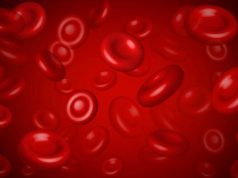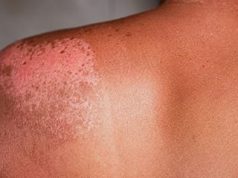Superficial mode better tolerated by patients with primary cutaneous amyloidosis
THURSDAY, June 25, 2015 (HealthDay News) — For patients with primary cutaneous amyloidosis (PCA), both superficial and deep modes of fractional carbon dioxide (CO2) laser are efficacious, with the superficial mode better tolerated by patients, according to a study published in the July issue of Lasers in Surgery and Medicine.
Samia M. Esmat, M.D., from Cairo University, and colleagues assessed and compared the clinical and histological changes induced by different modes of fractional CO2 laser in PCA treatment. Data were included for 25 PCA patients (16 macular and nine lichen amyloidosis) who were treated using superficial ablation (area A) and deep rejuvenation (area B). Each patient received four treatments, with intervals of four weeks. After treatment, patients were followed for three months.
The researchers observed significant reductions in pigmentation, thickness, itching, and amyloid deposits with both modes (P < 0.001). In area A, the percentage of pigmentation reduction was significantly higher (P = 0.003). In area B, pain was significantly higher. There was a significant reduction in dermal amyloid deposits, denoting their trans-epidermal elimination, which was induced by fractional photothermolysis.
“Both superficial and deep modes of fractional CO2 laser showed comparable efficacy in treatment of PCA,” the authors write. “Superficial mode, being better tolerated by patients, is recommended as a valid therapeutic option.”
Abstract
Full Text (subscription or payment may be required)
Copyright © 2015 HealthDay. All rights reserved.








